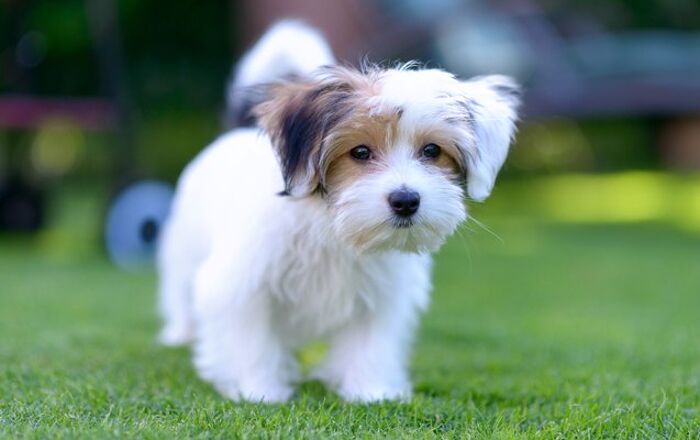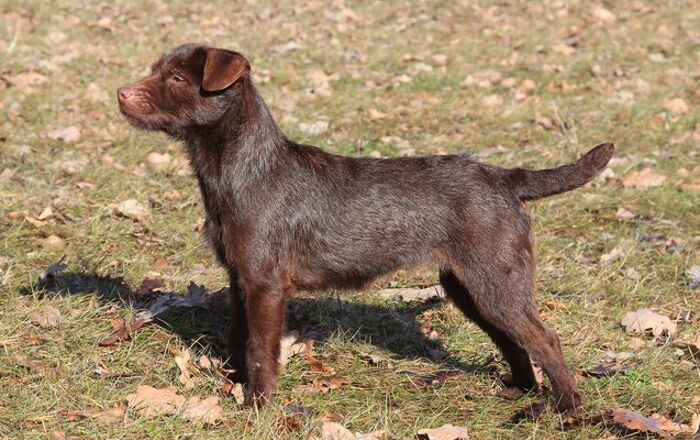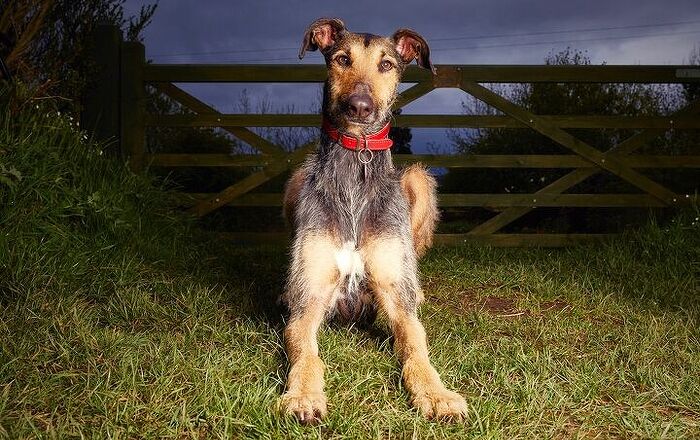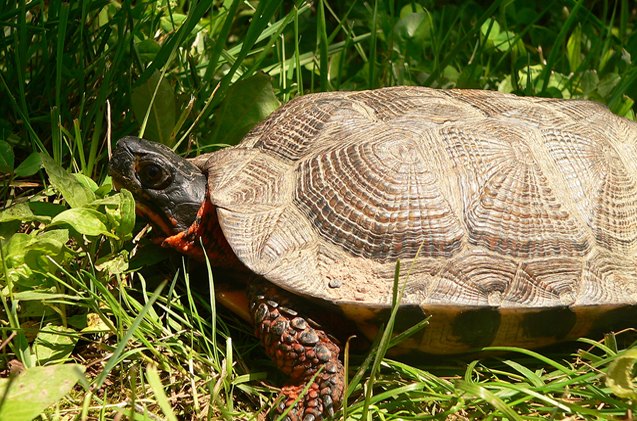
North American Wood Turtle General Info
The North American Wood Turtle is a good choice for pet owners who have never kept a turtle before. This is a popular turtle breed, thanks to its friendliness, its endearing personality, and the fact that it is tame and easy to handle.
When choosing to bring a North American Wood Turtle into your family, just be sure that you purchase one from a reputable breeder who can guarantee that the animal was born in captivity. In this way, wild populations of these turtles can be preserved.
The North American Wood Turtle is a good choice for pet owners who have never kept a turtle before.
Native Habitat
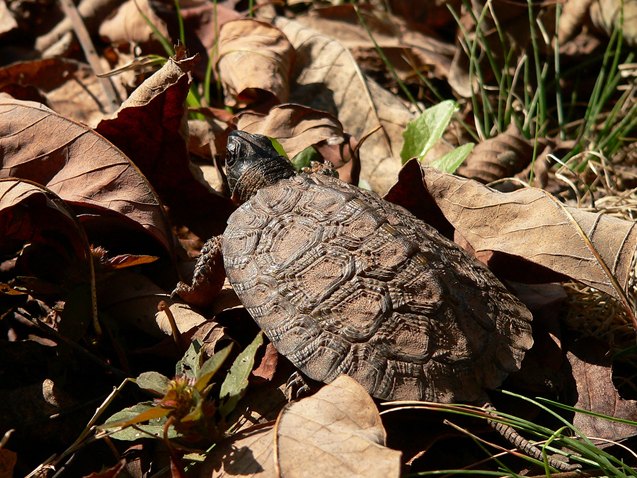
You can find the North American Wood Turtle throughout the northeastern portion of the United States and all the way down to the northern part of Virginia, as well as north into southern Nova Scotia.
This turtle’s range also extends northwest all the way to the eastern portion of Minnesota and the northeastern portion of Iowa. These animals can even be found as far north as the southern portion of Quebec.
Some of the other states where these turtles make their home include Maryland, Pennsylvania, Connecticut, Delaware, New Jersey, Michigan, Ohio, New York, Massachusetts, Vermont, New Hampshire, Ohio, Illinois, Wisconsin, Indiana, and Maine.
North American Wood Turtles prefer slow moving, cold water that does not have strong currents. They also prefer water that is unpolluted and shaded. They will, however, also roam on the land near streams in search of food and sites to lay eggs.
These turtles will also hibernate during the winter season. They will do so beneath the water in large streams and rivers.
Overall Description
One of the distinct features of the North American Wood Turtle is the chiseled pattern on the shell, which also typically features a raised line dividing the carapace vertically.
When these turtles are fully grown, they will have feet that are slightly webbed, but they will be strong swimmers. Their tail will also be rather thick.
The North American Wood Turtle is a popular turtle breed, thanks to its friendliness, its endearing personality, and the fact that it is tame and easy to handle.
Colors
The North American Wood Turtle’s carapace will be brown to olive green in color. The plastron is typically brown or yellow, and it will feature dark colored splotches. The head and the limbs, on the other hand, will be dark brown or black with red, orange, or yellow colors coming from the underside of the limbs and neck.
Environment
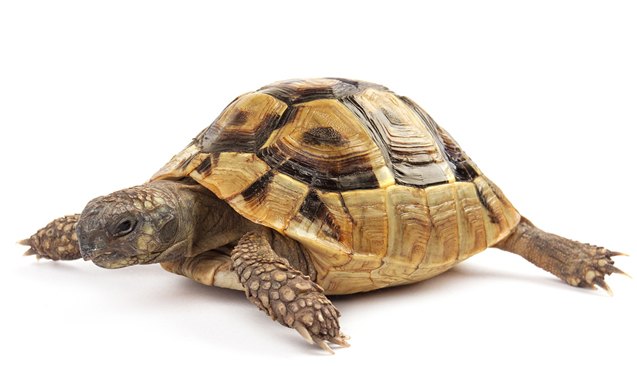
When it comes to North American Wood Turtles, an outdoor enclosure is best. Just be sure that you provide your pet with an aquatic environment, as well as room on land, as he will need a mix of both. And you should also take steps to properly secure your turtle’s outdoor enclosure from predators. You also want to be sure that the enclosure is built in a way that will prevent your turtle from escaping by climbing or digging his way out.
One adult will do well in an enclosure that is 5’x5’ large and has a high quality filtration system to keep the water clean. If you are planning on housing more than one adult in the same enclosure, you should provide an additional 4 square feet of room for each adult.
Also, an adult North American Wood Turtle will need to have a minimum of 2 feet of water that remains under 70°F. These turtles could overheat easily, and that could be fatal. Provide your pet with shade to remain cool at all times, but there should be a basking area and exposure to UVB light in the enclosure as well. For substrate, you can use topsoil, and if you have more than one adult turtle in the same enclosure, provide sight barriers to prevent fighting or unwanted breeding.
Ideally, indoor housing will only be temporary. For example, hatchlings and juveniles can be indoors until they grow to roughly 5” in length.
Air temperature should be anywhere from 70-80°F, while the basking area should be around 85°F. The water temperature should be anywhere from 60-69°F.
You can keep the North American Wood Turtle with other types of Wood Turtles, as well as Sliders and Box Turtles.
Care Requirements
These omnivorous turtles will eat just about anything. In addition to a commercial pelleted turtle diet, they will enjoy feasting on various worms, insects, fruits like raspberries, strawberries, and blueberries, crickets, romaine lettuce, carrots, and leafy greens.
Behavior
These personable turtles can be kept in a community tank but there should not be more than one male in a single enclosure. You can keep the North American Wood Turtle with other types of Wood Turtles, as well as Sliders and Box Turtles.
One of the most popular features of this particular turtle breed is the fact that you can pick up and handle your pet, thanks to its tame and friendly disposition. So if you are in search of a turtle that you will be able to handle without having to just view your pet from outside his enclosure, the North American Wood Turtle can be a good choice. Just be sure to handle your pet with care at all times.
Photo credit: cinc212/Bigstock; zorandim/Bigstock

